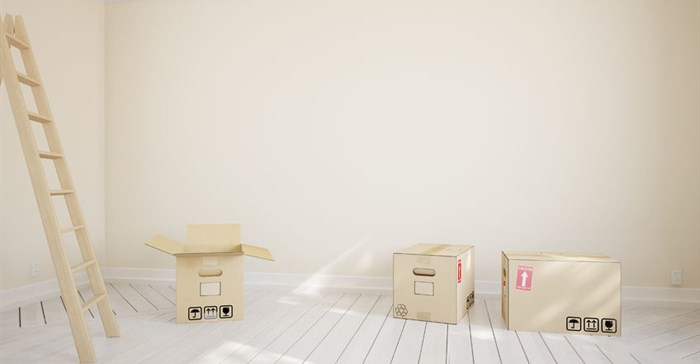






“Perhaps the most helpful thing to understand is how this term is defined and its distinction to the damage of a property,” says Leon Breytenbach, national manager of the Rawson Property Group’s commercial division.
The term fair wear and tear refers to deterioration in the condition of the property, caused by normal, everyday usage during the period of the lease. This accepted norm will differ depending on the type of business which is carried out at the premises. For example, an office employing a small clerical staff will have less impact on the flooring than a retail business with hundreds of customers walking through the premises. Weathering caused by natural elements would also be considered as fair wear and tear.
“A property which is not newly built or recently refurbished, will have some level of deterioration of condition when leased,” Breytenbach states, “thus requiring both the owner and the prospective tenant to agree at the time of drafting the lease , on the current state of the property, thus giving a reference point from which future fair wear and tear may be assessed.”
“In contrast to fair wear and tear, damage to property is any deterioration outside the definition provided and can also be defined as negligent or accidental destruction to the property,” states Breytenbach. This might be a carpet ripped while desks were being moved, or stains which cannot be removed despite professional cleaning. Nails hammered into walls in order to hang pictures may also be unacceptable, while painting the walls a different colour, without the owner’s consent, would certainly require the tenant to make good the situation or forfeit a portion of the deposit in order to return the property to its original state.
It is accepted that the tenant should keep the property clean and in good condition during the lease period, but at the end of the lease the property should be handed over in the same state in which it was received, allowing for fair wear and tear.
“The cost for cleaning should fall to the tenant,” explains Breytenbach, “but if the tenant fails to comply, then the landlord is within his right to use whatever portion of the deposit to restore the premises to an acceptable level of cleanliness.”
In order to avoid possible dissention between the landlord and the tenant, Breytenbach offers a couple of suggestions: “It is essential that you insist on an in-going inspection of the premises so as to ensure that both parties are fully aware of its condition. It is also advisable to take photographs of any area which may later come into dispute, as these pictures may be the clinching proof in settling a dispute at a later date. Discuss the primary use for which the property is required as well as the most likely wear and tear which may be anticipated, before drawing up the lease. Make sure that the lease stipulates which party will be responsible for what maintenance or repair.”
Similarly, an out-going inspection provides both the landlord and the tenant with complete assurance that the condition of the property is of an acceptable standard.